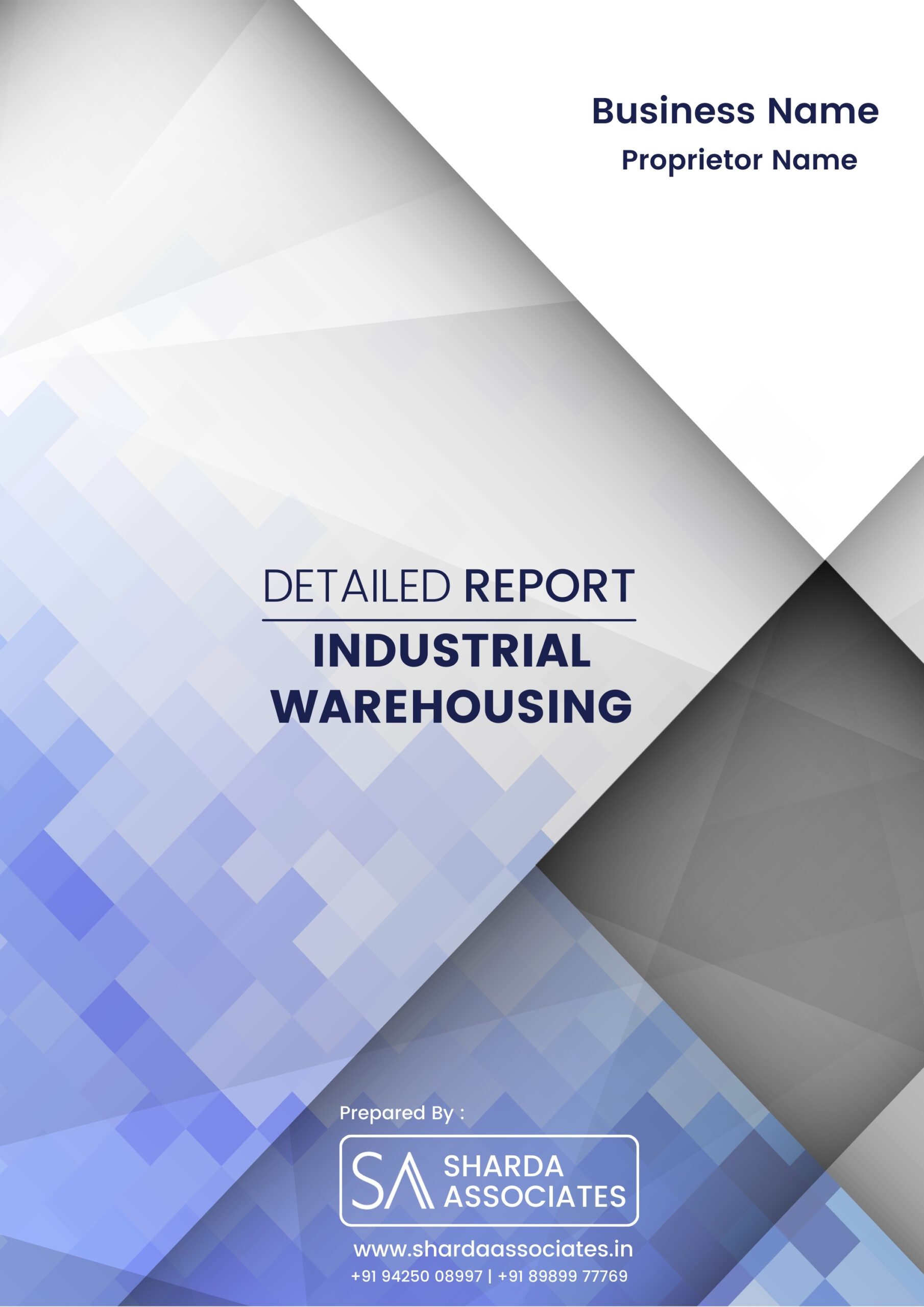Detailed Report On Industrial Warehousing
Industrial warehousing is the storage, management, and distribution of items in big facilities, which helps supply chains and ensures efficient inventory control for manufacturers, retailers, and distributors.
What is Industrial Warehousing?
Detailed Report on Industrial Warehousing is as follows.
The warehousing industry is one of the most essential parts of the economy. It stores, distributes, and manages goods and services, making it an essential component of the supply chain. Businesses use warehouses to store and distribute items, manage inventory, and track client orders. The industry is quickly expanding as businesses increasingly rely on warehouses to store and move goods efficiently and cost-effectively. Furthermore, the advent of new technologies and automation has improved warehouse efficiency, boosting their role in the supply chain.

The warehousing industry is a sector of the economy that stores and distributes goods and products. Businesses utilize warehouses to store and arrange their inventory, as well as to expedite the delivery of items to clients. Warehouse personnel are responsible for receiving and sorting inbound goods, packing and shipping orders, and keeping the warehouse organized and clean. They also control inventory and guarantee that all products are properly labeled and stored. In addition, warehouse workers must adhere to safety regulations in order to avoid accidents and ensure the warehouse’s safety.
Warehousing is an important component of the supply chain and plays a significant role in the global economy. As the globe becomes more interconnected via digital technologies, the demand for efficient and dependable warehousing is projected to rise. Automation and the usage of robotics in warehouses are becoming more popular as businesses strive to save costs and improve productivity. The sector is also increasingly relying on data analytics to track and analyze inventories, better understand consumer needs, and optimize warehouse operations.

Detailed Report Sample On Industrial Warehousing



Market Potential Of Industrial Warehousing
The global industrial warehousing industry is expected to grow significantly between 2023 and 2030. The market is likely to increase steadily in 2022, with key players adopting new strategies.
North America, particularly the United States, will continue to play a vital role that cannot be overlooked. Any modifications made in the United States may have an impact on the industrial warehousing development trend. The market in North America is predicted to expand significantly throughout the forecast period. The market is expected to increase significantly due to the widespread use of innovative technologies and the presence of major companies in this region.
This analysis focuses on Industrial Warehousing in the global market, particularly in North America, Europe, Asia-Pacific, South America, the Middle East, and Africa. This study divides the market into four categories: manufacturers, regions, type, and applications. The research focuses on the Industrial Warehousing market size, segment size (mostly by product type, application, and geography), competition landscape, current status, and development trends. Furthermore, the report includes a full cost analysis of the supplier chain.
Growing need for sustainable and protected agriculture practices, as well as higher yields of items produced in hydroponic facilities over traditional farming, are driving factors in its growth. enhanced hydroponics investment rate over conventional soil-based agricultural process due to enhanced yield and low water cultivation may further motivate agricultural communities to embrace hydroponics technologies throughout the forecast period.
Also, because of the authorization of pot in nations like Canada, the Czech Republic, South Africa, and others, the reception of elective cultivating strategies for marijuana development is quickly expanding. Expanded purchaser mindfulness about the wellbeing impacts of pesticides and counterfeit maturing specialists is supposed to drive interest for aqua-farming, as the strategy kills the requirement for such items, bringing about healthfully prevalent vegetables. The low establishment cost and convenience of these frameworks are additionally expected to drive reception soon.
Contents of Project Report
A project report helps you identify whether a project is worth pursuing. It presents the holistic view and brings complete insight of the business and its activity.
It acts as a guide for all the business operations, aids in taking all financial decisions related to the existing businesses and to the start-ups. It serves as roadmap to the business and provides information to the outsider who are wanting to know more about the business.
You will have the opportunity to build new goals and expansion ideas in one single document. Everyone, from the banks to potential investors, will need to have a look at the project report before they shell out any money.
A well drafted project report generally consists details about:
- Brief History of the Business
- The Promoters
- SWOT Analysis
- Industry Outlook
- Past Financial Statements
- Projected Financial Statements
- Infrastructure and Human Resource required
- CMA data
- Business model
- Requirement of Working Capital Funds
- Means of Finance
Other relevant information, if any.
